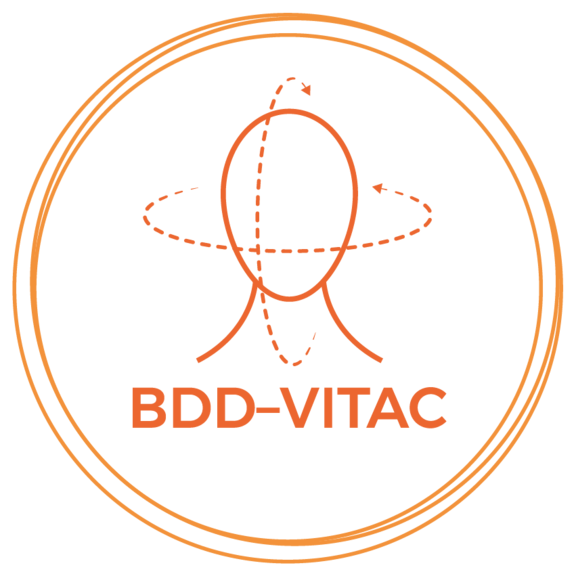BDD-VITAC
Visual and tactile body representation in body dysmorphic disorder
Project overview
Some people perceive certain parts of their body or appearance as ugly or flawed, while other people do not or only barely recognise these perceived flaws. If the worries about the perceived flaws become very strong and determine thinking and behaviour, this is referred to as body dysmorphic disorder (BDD).
Due to the strong differences in the perception of oneself and others, it is assumed that the representation of one's own body in the brain is distorted in people with body dysmorphic disorder. It is already known that people with BDD have negative attitudes and feelings towards their appearance. Little is known about other aspects of body representation.
In the BDD-VITAC project, people with BDD are being analysed with regard to visual and tactile body representations. The aim is to find out which aspects of body representation are distorted and whether people with BDD differ from mentally healthy people and people with a high level of body dissatisfaction with regard to these body representations.

Participants wanted
We are currently looking for interested participants for our study.
We are looking for adults aged 18 and over
who suspect or already know that they are affected by BDD or
who are very unhappy with their appearance.
For our study, after an initial telephone appointment (approx. 30 minutes) and completion of questionnaires, we will invite you to our premises at Witten/Herdecke University on a one-time basis. There, after an interview, you will participate in several tasks. These will primarily focus on your visual and tactile perception. The on-site appointment will take approximately two to three hours. Participants can receive an expense allowance of €25–50.
If you have any questions or are interested in participating in the study, please feel free to contact us at any time by e-mail (bdd-vitac@uni-wh.de) or by telephone (02302 92678672). We look forward to hearing from you!
Further information
- Duration: 36 months
- Funding: DFG
- Responsible: Faculty of Health (School of Psychology and Psychotherapy | Chair of Clinical Child and Adolescent Psychology)
- Project partner:Bielefeld University

Project management

Univ.-Prof. Dr.
Anne Möllmann
Professor
Faculty of Health (School of Psychology and Psychotherapy) | Professorship for Clinical Child and Adolescent Psychology
Alfred-Herrhausen-Straße 44
58455 WittenRoom number: FEZ, 1.117 B

Hanna Schmidt, M. Sc.
Researcher
Faculty of Health (School of Psychology and Psychotherapy) | Professorship for Clinical Child and Adolescent Psychology
Alfred-Herrhausen-Straße 44
58455 WittenRoom number: 1.116
